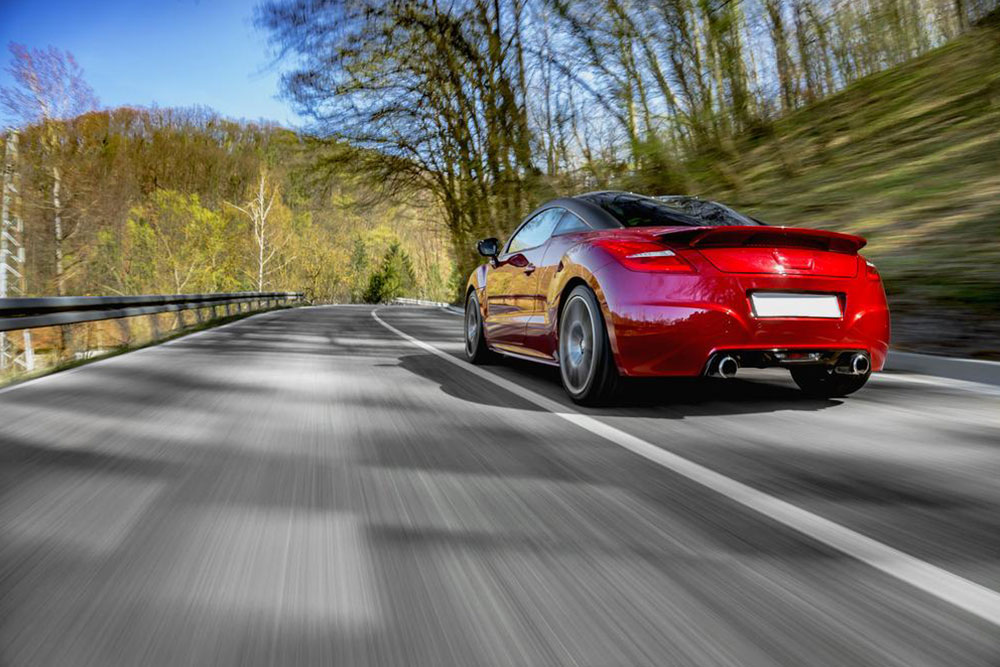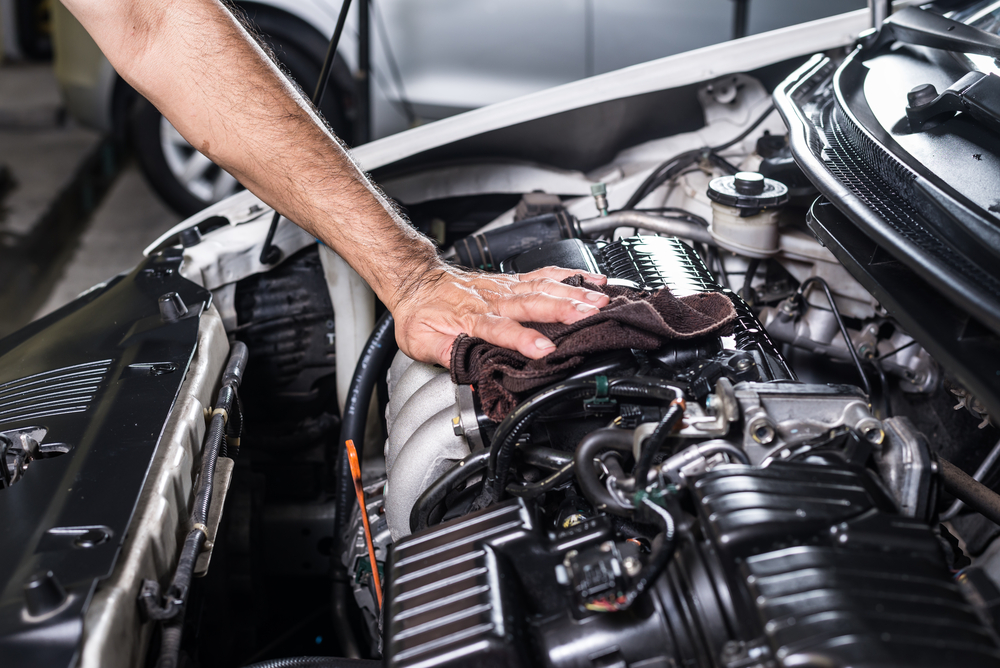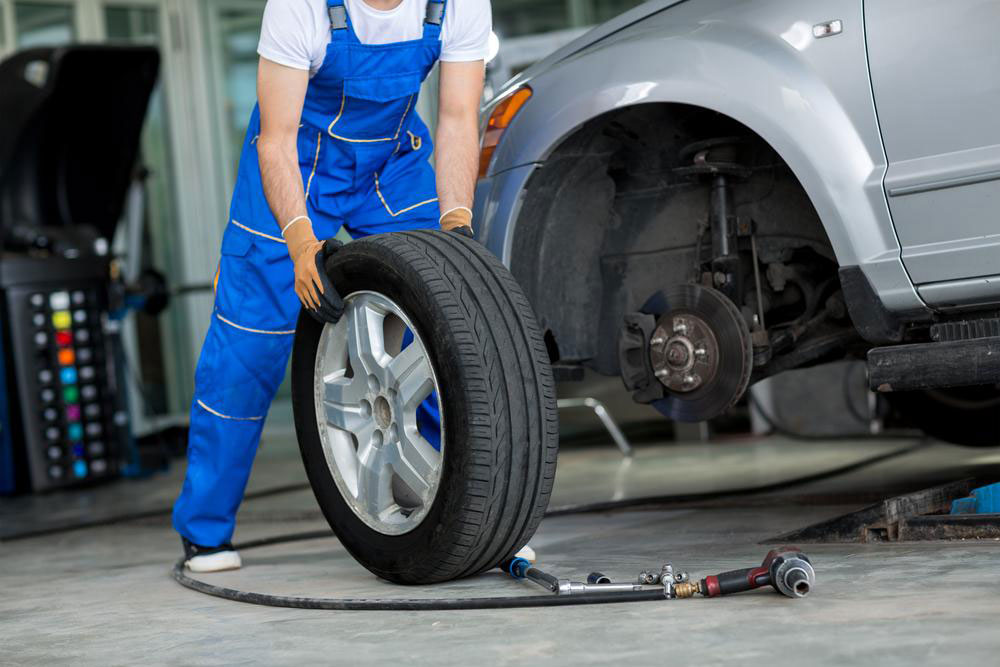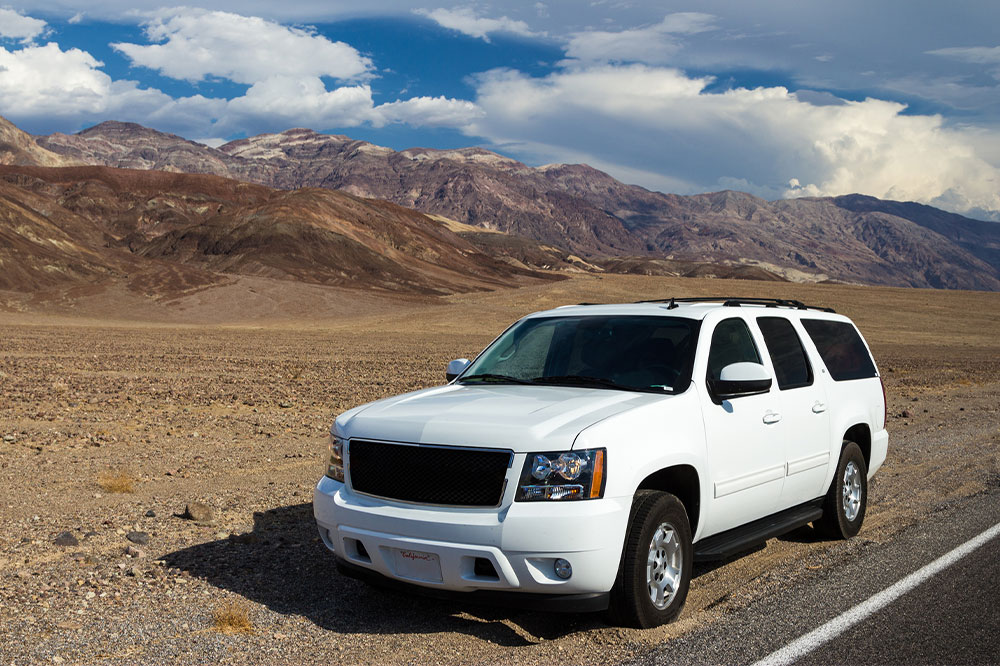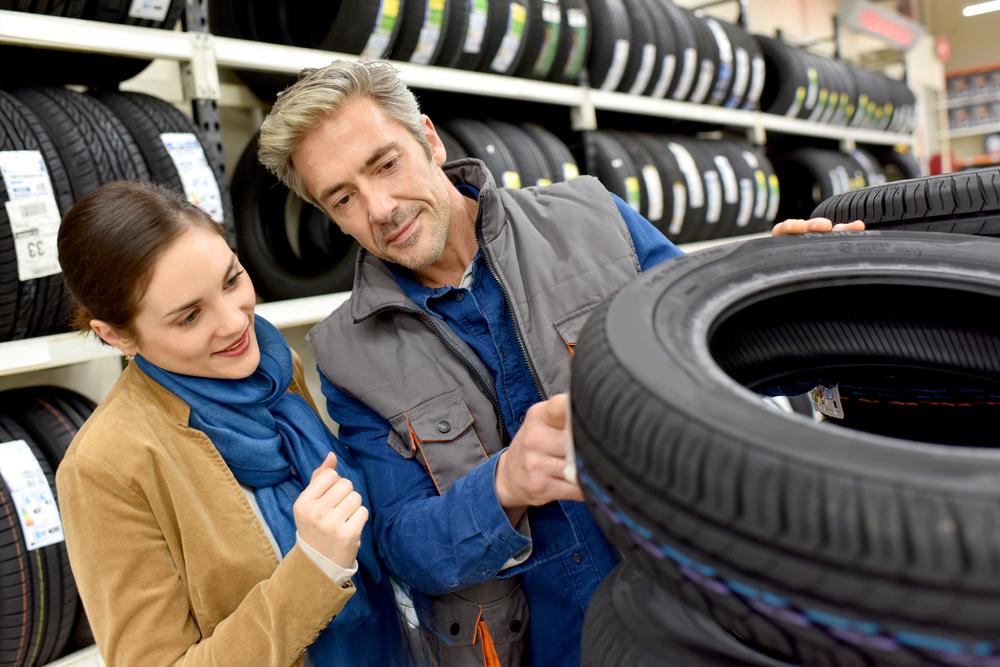Comprehensive Checklist for Purchasing Certified Pre-Owned Vehicles
This comprehensive guide provides detailed steps for evaluating certified pre-owned vehicles before purchase. Covering exterior & interior inspection, mechanical checks, and test drive tips, it helps buyers make informed decisions, ensuring safety and value. Perfect for first-time buyers and experienced car owners alike, this checklist minimizes future risks and promotes confident purchasing.

Comprehensive Checklist for Purchasing Certified Pre-Owned Vehicles
Investing in a certified pre-owned (CPO) vehicle can be a smart decision for those looking to own a reliable car at a more affordable price. However, the process requires careful inspection and thorough research to ensure you get the best value and a vehicle that suits your needs. Whether you're a first-time buyer or an experienced car owner, understanding the essential steps to evaluate a used car is crucial for making an informed and confident purchase.
Before you sign any paperwork at the dealership, it's important to conduct a detailed inspection covering every aspect of the vehicle. This not only includes physical examination but also involves verifying maintenance history, checking mechanical integrity, and testing driving performance. Doing so can help identify potential issues and prevent future headaches, ultimately saving you money and ensuring your safety on the road.
Starting with the exterior, thoroughly inspect the car’s body for signs of damage such as scratches, dents, or rust spots. These could indicate past accidents or poor maintenance. Pay close attention to the alignment of doors, trunk, and hood to ensure they open and close smoothly. Consistent gaps might suggest previous repairs or structural issues. Examine all tires for uniformity in brand, tread depth, and sidewall condition. Proper tire condition is essential for safety, handling, and fuel efficiency. Confirm that your vehicle’s records show regular tire rotations and wheel alignments, reflecting good maintenance habits.
Next, ensure all vehicle lights—headlights, taillights, indicators, and interior lighting—are fully functional. Proper lighting is vital for safe driving conditions, especially at night or during poor weather. Inside the vehicle, smell for unusual odors that might indicate fluid leaks or mold. Inspect the upholstery, seats, dashboards, and electronic features like infotainment systems, air conditioning, and sunroofs for functionality and signs of wear.
Under the hood, perform a detailed examination of the engine compartment. Look at the belts and hoses for cracks or wear, check the radiator for corrosion, and review fluid levels including engine oil, coolant, brake fluid, and transmission fluid. These are indicators of the vehicle’s overall health and maintenance history. Request to see the vehicle’s maintenance records, focusing on routine services such as oil changes, tire rotations, and brake inspections.
After the visual inspection, take the vehicle for a test drive. Evaluate how the car handles, accelerates, and brakes. Listen for strange noises such as rattling, knocking, or squealing that might signal mechanical issues. Pay attention to steering responsiveness, suspension quality, and overall comfort. A good test drive can reveal underlying problems that are not immediately visible during inspection.
Completing a pre-purchase check with these detailed evaluations will empower you to make a well-informed decision. Remember, a thorough inspection combined with a test drive and proper research on the vehicle’s history not only increases your confidence but can also save you from future unexpected expenses. When buying certified pre-owned cars, working with reputable dealerships that offer certification and warranties can further enhance your peace of mind.
Pre-owned vehicle inspection checklist
Vehicle maintenance and safety tips
Test drive best practices
Guidelines for purchasing used cars
